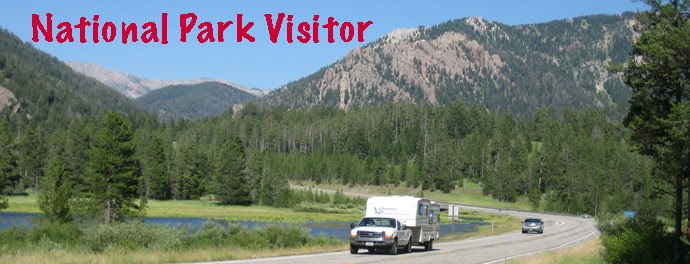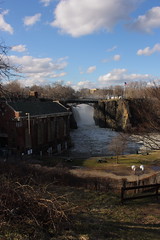Alaska - Klondike Gold Rush National Historical Park
December 2, 2011, join in the holiday cheer with performances by local talent, sing along carols, stories, poems and refreshments at the Yuletide Christmas Concert in the National Park Service Auditorium.
Colorado - Bent's Old Fort National Histori c Site
c Site
December 2 and 3, witness the joys, pleasures and pastimes of the 1840s at an isolated trading post with candlelight tours of the fort.
On December 10, visitors can take part in Holiday Traditions in the Dunes including activities in four different park locations, tree decorating and a live performance from Nordic Kids.
Iowa - Herbert Hoover National Historic Site
December 2 through December 4, the birthplace of Herbert Hoover, the 31st President of the United States, will host "A Christmas Past" events.
Louisiana - Cane River Creole National Historical Park
Stop by the Magnolia Plantation Overseer's house on December 10 for Christmas crafts and live music by the LaCour Trio. The whole plantation complex will be open for self guided tours.
Missouri - Jefferson National Expansion Memorial
Come out and enjoy the 2011 Historic Holiday Traditions Weekend Series on December 3, December 10 and December 17. The Historical Old Courthouse will feature music and activities that will take place in the rotunda, which will be adorned beautifully with Victorian decorations. Complimentary cookies and juice will be served during all weekend events.
Montana - Grant-Kohrs Ranch National Historic Site
On December 4, explore the elegant Kohrs' family ranch house. It will be decorated to reflect a Victorian Christmas.
Nebraska - Homestead National Monument of America
From November 25 through December 31, the Winter Festival of Prairie Cultures celebrates the winter traditions of people who lived on the Great Plains during the homesteading era.
New York - Vanderbilt Mansion National Historic Site
Visit the Vanderbilt Mansion from November 25 to December 21 to view the holiday decorations; or kick off the holiday season at the special Holiday Open House on December 4.
Ohio - Cuyahoga Valley National Park
Journey to the North Pole on The Polar Express™ Children's Holiday Train November 17 through December 20. Enjoy hearing a reading of The Polar Express™ en route to the North Pole. Passengers are encouraged to wear their pajamas. Cookies and hot chocolate are served.
Pennsylvania - Steamtown National Historic Site
Join in the merriment and festivities aboard the steam-powered "Holiday Express" rides to Moscow, Pennsylvania on November 23, 24 and December 1. Enjoy holiday songs, stories and other fun activities for the children at both the former passenger station and freight depots.
Utah - Golden Spoke National Historic Site
From December 28 – 30, visitors can take part in the annual Winter Steam Festival and watch one of their locomotives in action, as well as at rest in the same spot where the transcontinental railroad was completed over 142 years ago.
Washington - Fort Vancouver National Historic Site
Friday evenings through mid-December visitors take park in a guided lantern tour through the Fur Store, the Counting House, and Bake House. You will learn what activities would have occurred once the sun set at Fort Vancouver
Washington, D.C. – The White House and President's Park
After kicking off the holiday season with The National Christmas Tree Lighting on December 1st, visitors are invited to Santa's Workshop to meet Santa and his elves and enjoy holiday music performances throughout the month of December.
photo: Bent's Old Fort National Historic Site, Colorado, National Park Service











